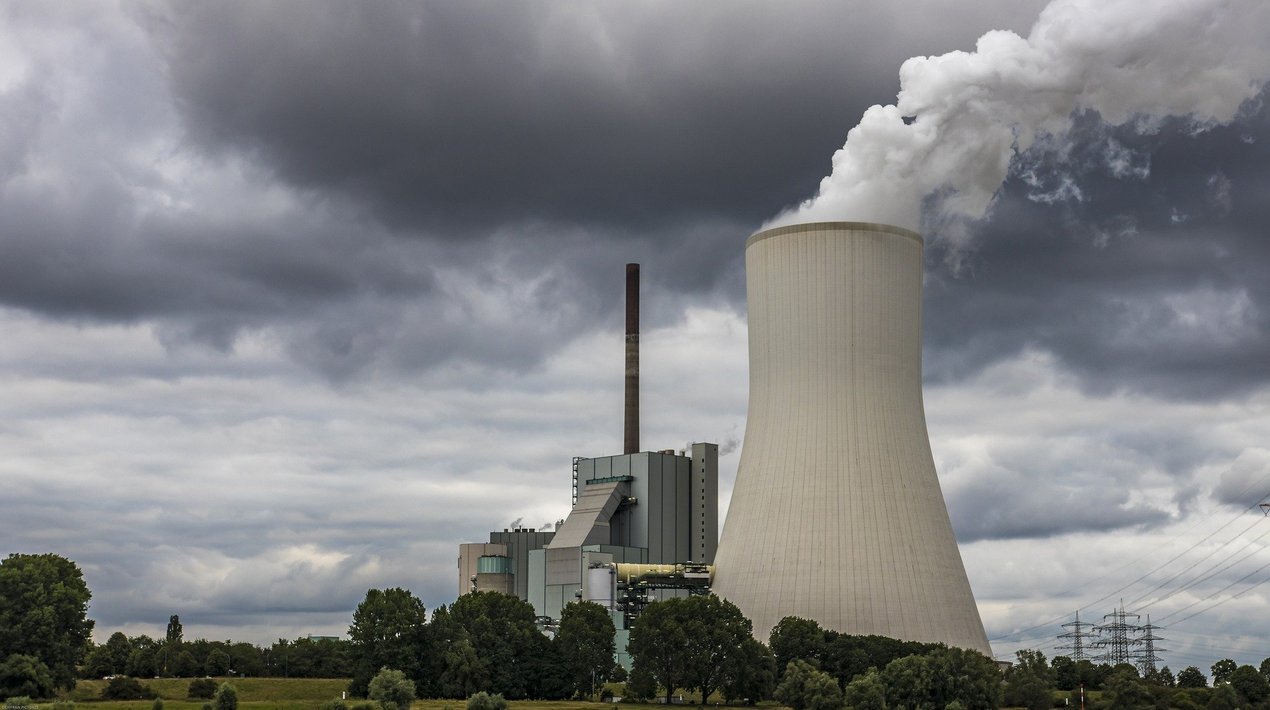
One of the goals that nations around the world have set for 2050 is to decarbonise the planet. Decarbonising the production of an element like hydrogen by giving a boost to green hydrogen is one of the keys to achieving this, as it is currently responsible for more than 2% of total global CO2 emissions.
Against this backdrop, New Zealand’s main power businesses are looking to create the world’s biggest green hydrogen plant in Southland, as soon as the supply agreement with Aluminium Smelters for Tiwai Point closes by late 2024. The country would gain a key competitive advantage as the renewable electricity to be had from 1 January 2025 would be able to produce green hydrogen at extremely competitive rates internationally.
According to the report, several uncertainties could affect the viability and timing of a green hydrogen opportunity, including global government support, green hydrogen certification, technology developments, alternative fuels, and consumer preferences.
The power company’s chief executive said the next step will be to analyse capability markets for green hydrogen products, with liquid hydrogen and ammonia being the most likely products. According to the report, the plant has the potential to generate hundreds of millions of dollars in export revenue and would aid in the decarbonisation of economies both in New Zealand and abroad.
Furthermore, hydrogen production would help support New Zealand’s energy system during dry years when hydro lake levels are low. During dry years, production may be reduced, resulting in a dry 12-month reserve. When energy is abundant, production can be increased to capitalise on the renewable spill.
The power company’s chief executive asserted that Southland possessed the necessary infrastructure to support the development. “It has a deep-water port. It has transmission. It has some wonderful hydro schemes that have already been built. It has a significant wind resource, which is not tapped,” he said. “Southland has a lot of things going for it in terms of getting a green hydrogen or other industries set up down there.”
The head of another power company in the collaboration opined that the “diversity” of responses to the green hydrogen proposal indicated that there was a huge appetite to replace fossil fuels throughout the economy. Interest in the proposal indicated that the domestic uptake of hydrogen as a clean fuel could happen “sooner and faster than we expected”. Green hydrogen, he said, has the potential to reduce Aotearoa’s long-term greenhouse gas emissions by more than 20%. He was encouraged to see the interest in domestic applications in addition to export opportunities.
New Zealand has always taken a lead in achieving its target of net-zero carbon emissions. An OpenGov Asia article reported that one of New Zealand’s largest natural gas companies has made a significant investment in green energy by constructing the country’s largest solar power plant. This project was launched recently as the country needed sufficient electricity consumption to enable the first carbon-neutral airport, Hawkes Bay Airport to be operating just by using solar energy. The site has 5,800 photovoltaic (PV) panels and is also capable of generating enough electricity to meet the annual needs of more than 520 New Zealand homes.
The general manager of the natural gas company confirmed that the energy landscape in New Zealand was changing, with a focus on reducing carbon emissions, and solar plants like the one in Kapuni, will aid in this effort by producing clean renewable energy.
















